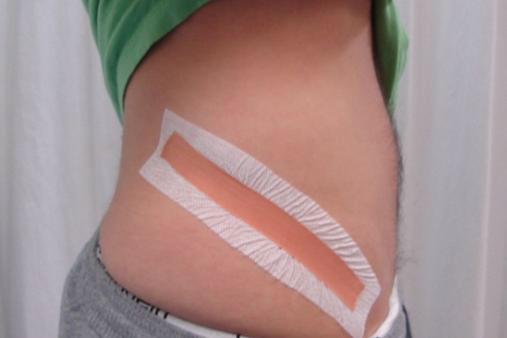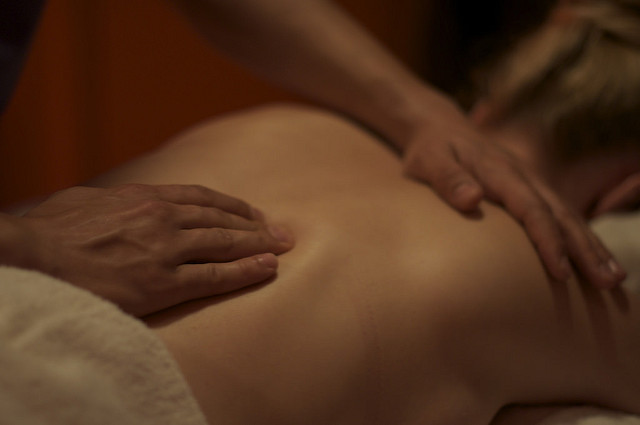Assessing the Impact of Manual Therapy on Knee Osteoarthritis Pain and Patient Safety
Background The practice of using manual therapy in the treatment of osteoarthritis of the knee has been common, yet the consensus on its efficacy remains elusive.
A systematic review and meta-analysis was conducted to assess the effectiveness of manual therapy in alleviating pain and ensuring the safety of patients with knee osteoarthritis.
Methodology This review incorporated randomized controlled trials that evaluated manual therapy in patients with knee osteoarthritis. The research spanned both English and Chinese publications.
Results The review included 25 studies with a total of 2376 participants. The overall methodological quality was found to be limited. The analysis indicated that manual therapy has a beneficial effect on pain relief in patients with knee osteoarthritis. It was observed to be more effective than usual care and exercise in reducing pain, although the quality of this evidence was low. In terms of improvement in visual analogue scale scores, treatment extending beyond four weeks showed greater efficacy compared to shorter treatments. Importantly, no serious adverse events related to manual therapy were reported.
Conclusions Manual therapy shows promise in reducing pain for patients with knee osteoarthritis, particularly when applied over a period exceeding four weeks. While it appears to offer more short-term benefits (up to nine weeks) compared to usual care and exercise therapy, its long-term efficacy requires further examination with robust evidence. Additionally, while manual therapy seems safe for these patients, healthcare professionals should advise patients about the potential risks of adverse events related to manual therapy.

